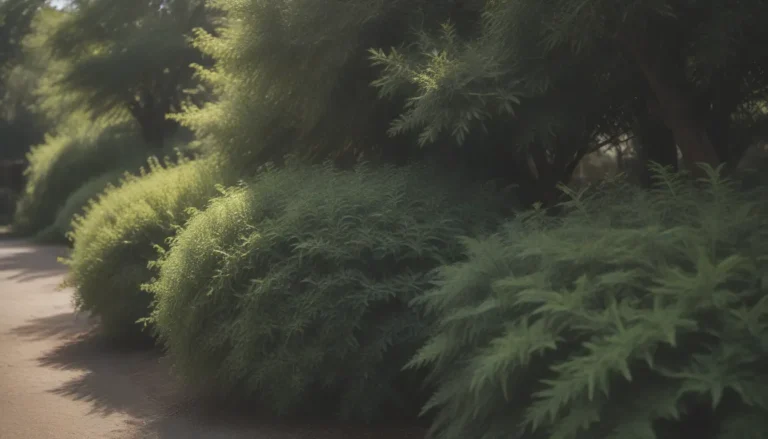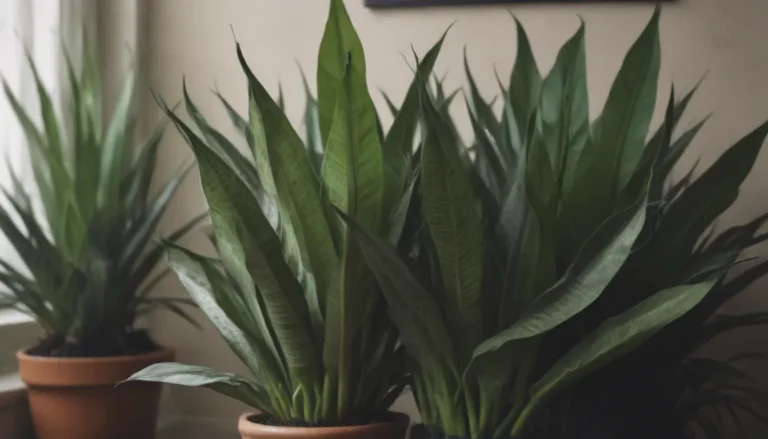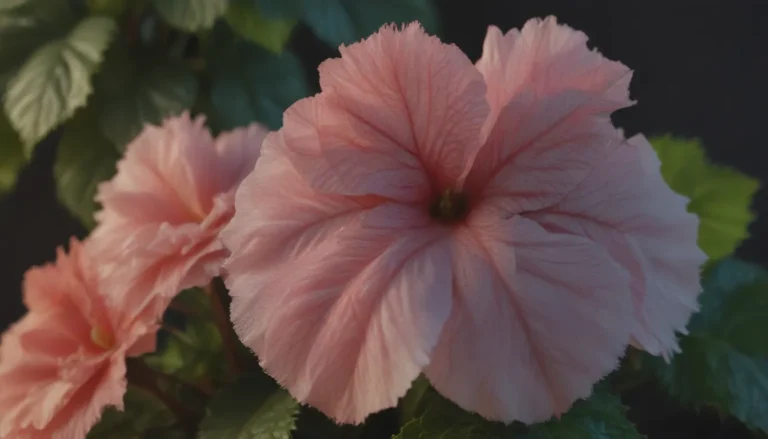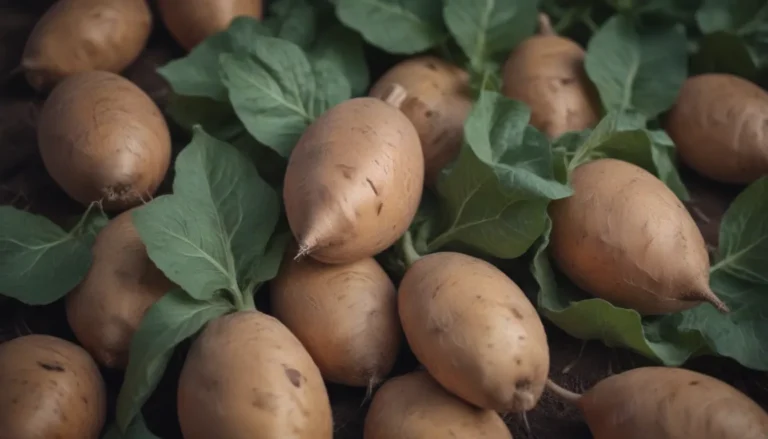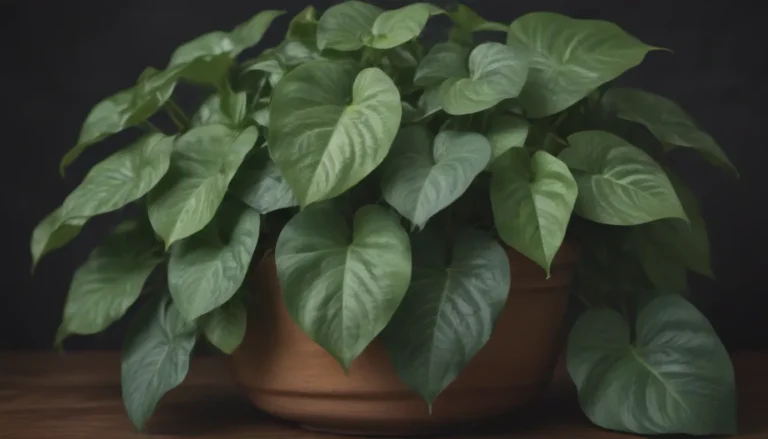The Comprehensive Guide to Growing and Caring for Purple Hyacinth Bean
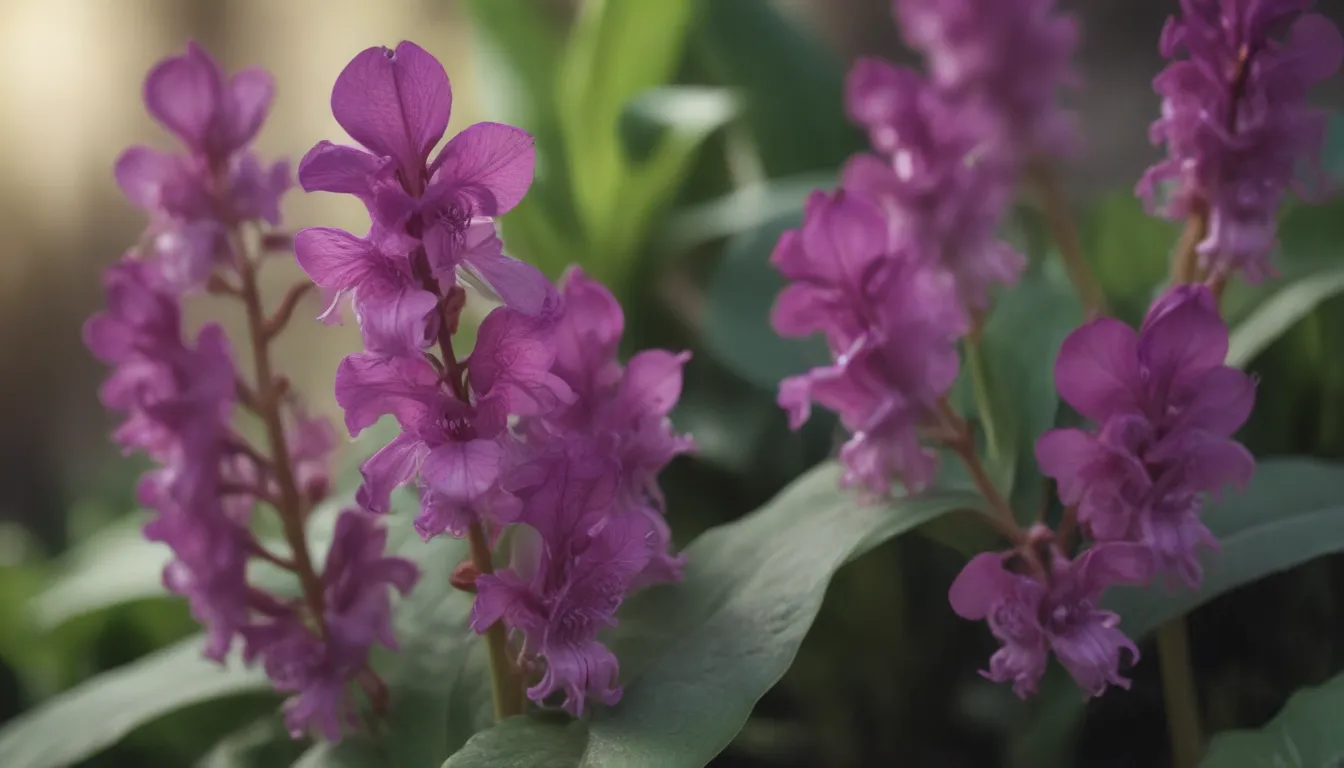
Welcome to the ultimate guide on how to grow and care for the stunning purple hyacinth bean! In this detailed article, we will cover everything you need to know to successfully cultivate this beautiful vining plant in your garden. From planting tips to pest control strategies, we’ve got you covered. So, grab a cup of tea and let’s dive into the world of purple hyacinth bean!
Introduction to Purple Hyacinth Bean
Purple hyacinth bean, scientifically known as Lablab purpureus, is a fast-growing annual vine prized for its vibrant purple flowers and showy seed pods. This plant is not only a visual delight but also offers edible young shoots, leaves, and flowers. However, caution must be taken with the mature beans, as they contain toxic levels of cyanogenic glucosides that can be harmful to humans and pets.
Why Grow Purple Hyacinth Bean?
Purple hyacinth bean is a versatile plant that can serve multiple purposes in your garden. Here are some reasons why you might want to consider adding this beauty to your outdoor space:
- Eye-catching purple foliage and flowers
- Edible young shoots, leaves, and flowers
- Quick-growing vine for covering structures or creating privacy
- Low-maintenance plant with minimal care requirements
Now that you’re familiar with the unique qualities of purple hyacinth bean, let’s delve into the essential care tips to help your plant thrive.
Purple Hyacinth Bean Care Tips
Planting and Placement
- Plant purple hyacinth bean in the spring after the danger of frost has passed.
- Choose a sunny location for optimal flower production, although partial shade is also acceptable.
- Provide support for the vine to twine around, such as a trellis or teepee.
- Ensure well-drained soil with a pH of 6.0 to 6.8 for best growth results.
Watering and Feeding
- Keep the soil consistently moist but not waterlogged.
- Water deeply when the top 3 inches of soil are dry, especially during hot summer months.
- Fertilize the plant every four to five weeks with an organic fertilizer high in phosphorous content.
Pruning and Maintenance
- Prune the vine in early spring to remove dead or woody stems.
- Trim the plant to your desired shape during the summer.
- Encourage a second flush of blooms by cutting the plant back to 6 inches after the first flowering.
Common Pests and Diseases
- Watch out for longtail skipper butterflies and Japanese beetles that may nibble on the leaves.
- Prevent blight, Fusarium wilt, and rust by maintaining proper soil moisture and adequate spacing between plants.
- Use a homemade soap and water solution to deter pests and keep your plant healthy.
Types of Purple Hyacinth Bean Varieties
While most seeds of purple hyacinth bean are labeled generically, there are a few named varieties that offer subtle differences in appearance:
- Ruby Moon hyacinth bean
- Purple Moon hyacinth bean
- Silver Moon hyacinth bean
How to Grow Purple Hyacinth Bean From Seed
Starting purple hyacinth bean from seed is a straightforward process that can be done outdoors or indoors. Here’s how to kickstart the growth of this stunning vine:
- Sow seeds directly outdoors after the last frost or start them indoors four to six weeks ahead of time.
- Transplant seedlings outside after they have hardened off for a week.
- Collect seeds from mature plants at the end of the season to save for next year’s planting.
Troubleshooting Common Issues
- Lack of flowering may indicate insufficient sunlight or excess nitrogen in the soil. Add a potassium-rich amendment to promote blooming.
- Grow purple hyacinth bean in a sunny location to prevent fungal diseases caused by excess moisture.
- Monitor for powdery mildew and provide ample air circulation around the plant to prevent fungal growth.
Enjoying the Fruits of Your Labor
While the mature beans of purple hyacinth bean are toxic and should be avoided, the young shoots, leaves, and flowers are edible and prized in certain cuisines. Take inspiration from traditional recipes in Africa, India, and Asia to incorporate this plant into your culinary creations.
In conclusion, purple hyacinth bean is a visually striking and versatile plant that can add a touch of elegance to any garden. By following the care tips outlined in this guide, you’ll be well on your way to cultivating a flourishing display of purple blooms and lush foliage. So, roll up your sleeves, grab your gardening tools, and start growing your very own purple hyacinth bean today!
Remember, gardening is a journey of patience and care, so enjoy the process and relish in the beauty of nature’s creations. Happy planting!
